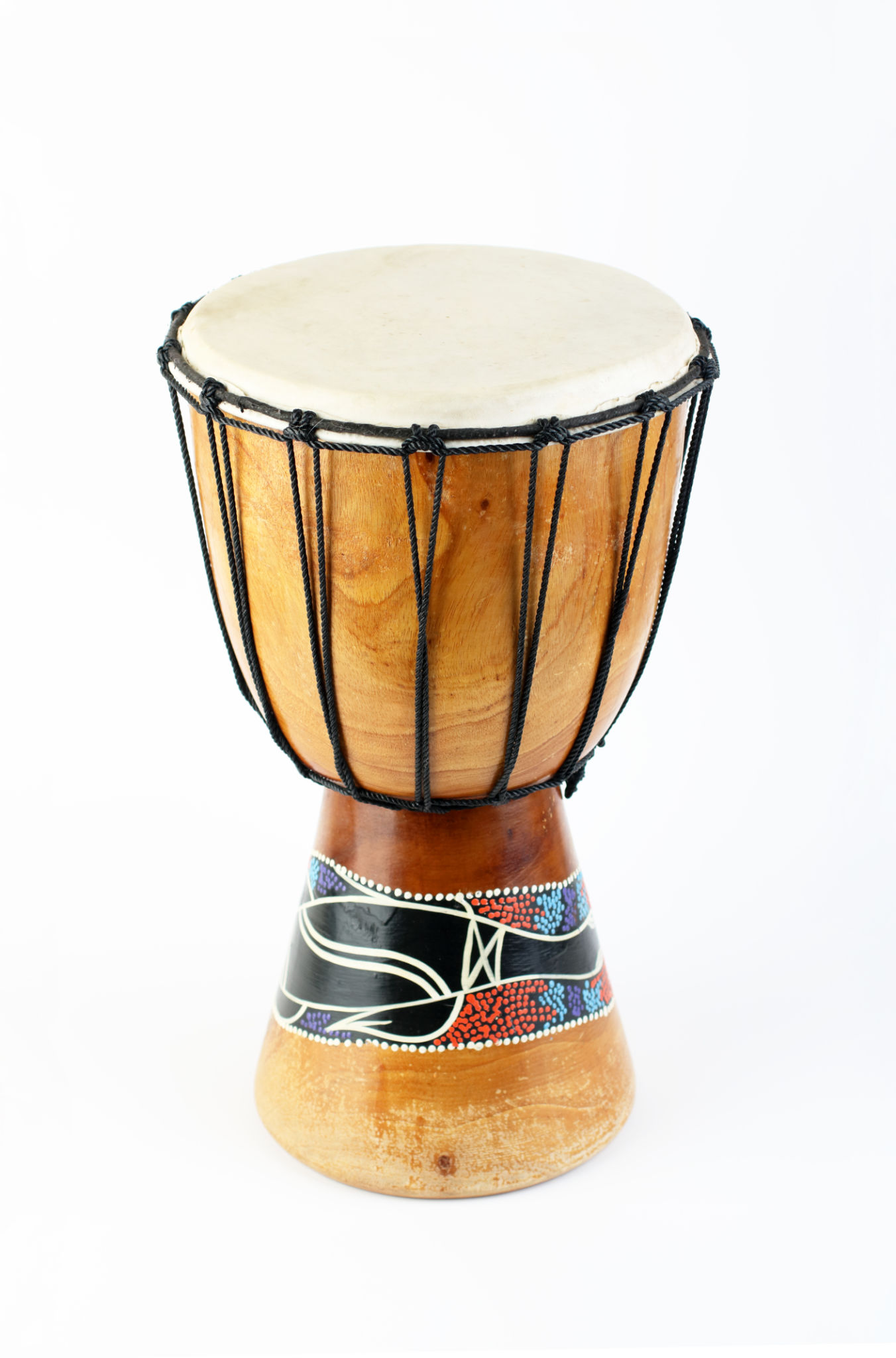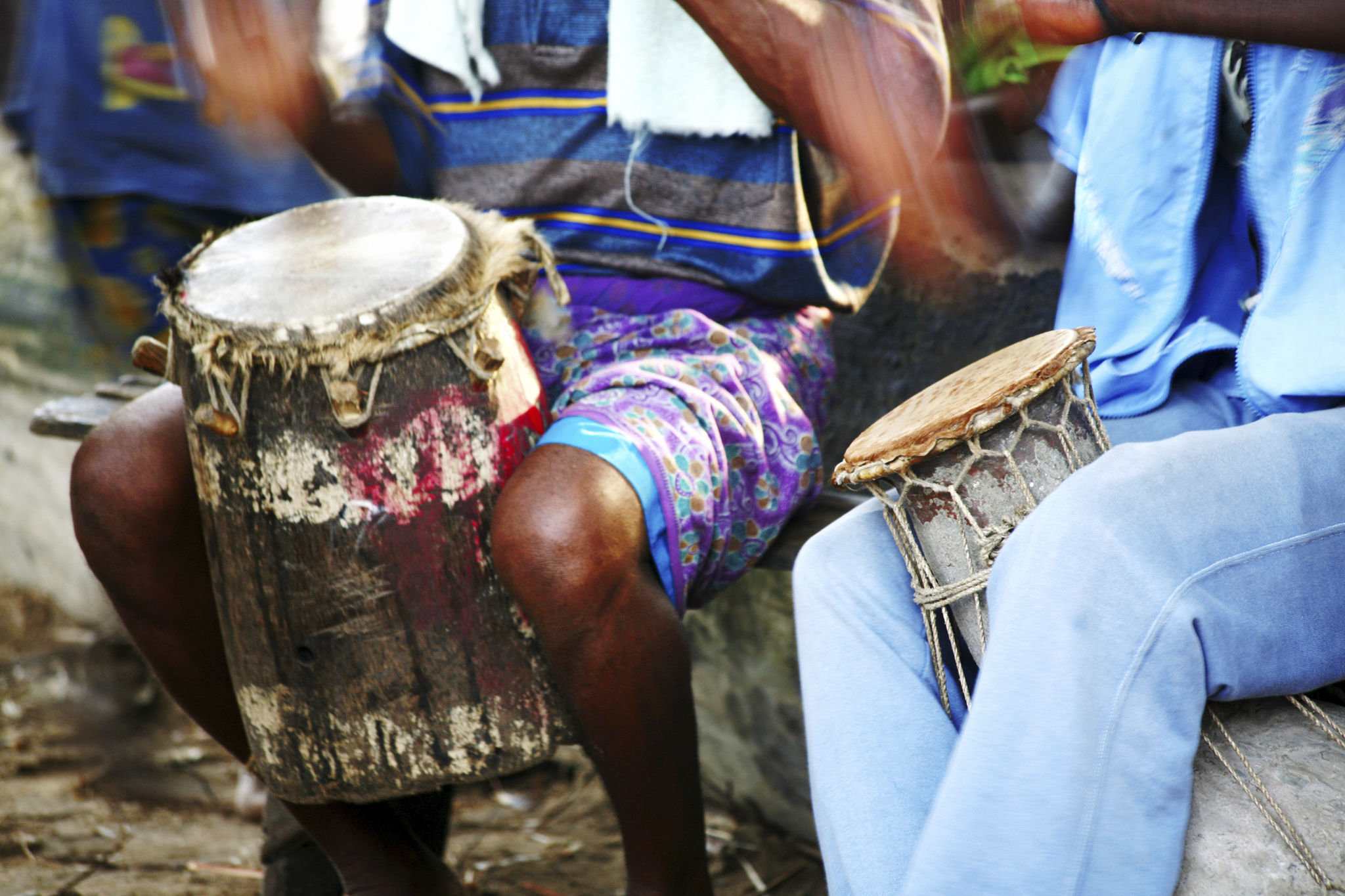How to Choose the Perfect African Drum for Beginners
Understanding the Basics of African Drums
African drums are not just musical instruments; they are an integral part of African culture and tradition. With a rich history and vibrant sound, they offer a unique experience for anyone interested in percussion. For beginners, choosing the right African drum can be both exciting and overwhelming. Whether it's the djembe, talking drum, or ashiko, understanding the basics is essential.
Before diving into the selection process, it's crucial to familiarize yourself with the different types of African drums. Each drum has its own unique sound and cultural significance. The **djembe**, for instance, is known for its versatility and is popular among beginners. The talking drum, on the other hand, is known for its ability to mimic the human voice, offering a different kind of rhythmic expression.

Factors to Consider When Choosing an African Drum
Size and Comfort
The size of the drum is a critical factor to consider. A drum that's too large or too small can hinder your ability to play comfortably. Most beginners find that a medium-sized drum offers the best balance between playability and sound. Ensure that the drum fits comfortably between your knees when seated and that you can easily reach the drumhead.
Material and Craftsmanship
The material and craftsmanship of the drum can significantly affect its sound quality. Traditional African drums are often carved from wood with animal skin drumheads. Pay attention to the quality of the wood and the tightness of the skin. High-quality craftsmanship not only enhances sound but also ensures durability.

Exploring Different Types of African Drums
The Djembe
The djembe is one of the most popular African drums for beginners due to its wide range of sounds and ease of play. Originating from West Africa, this goblet-shaped drum is versatile and can produce a variety of tones, making it ideal for learning different rhythms.
The Talking Drum
If you're interested in a drum that offers more than just rhythm, consider the talking drum. Known for its hourglass shape and adjustable pitch, the talking drum allows players to produce sounds that mimic human speech, adding a unique element to your musical exploration.

Where to Buy Your First African Drum
When you're ready to purchase your first African drum, consider both online and local options. Many online retailers offer a wide selection, but buying from a local shop allows you to test different drums in person. This hands-on experience can be invaluable in finding the perfect fit for your needs.
Additionally, purchasing from local artisans supports traditional craftsmanship and ensures you get an authentic instrument. Look for recommendations from experienced drummers or music teachers who can guide you to reputable sellers.

Conclusion
Choosing the perfect African drum as a beginner involves understanding your preferences, exploring different types, and considering factors like size, material, and craftsmanship. By taking the time to find a drum that resonates with you, you'll be well on your way to enjoying the rich and rhythmic world of African drumming.
Whether you choose a djembe for its versatility or a talking drum for its expressive capabilities, remember that practice and patience are key. Embrace the journey of learning and let the vibrant beats of your chosen drum inspire your musical path.
